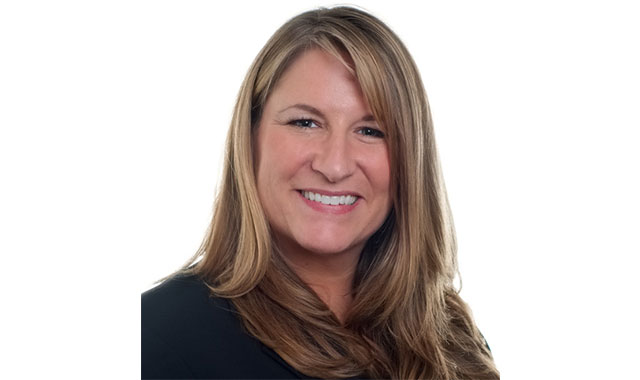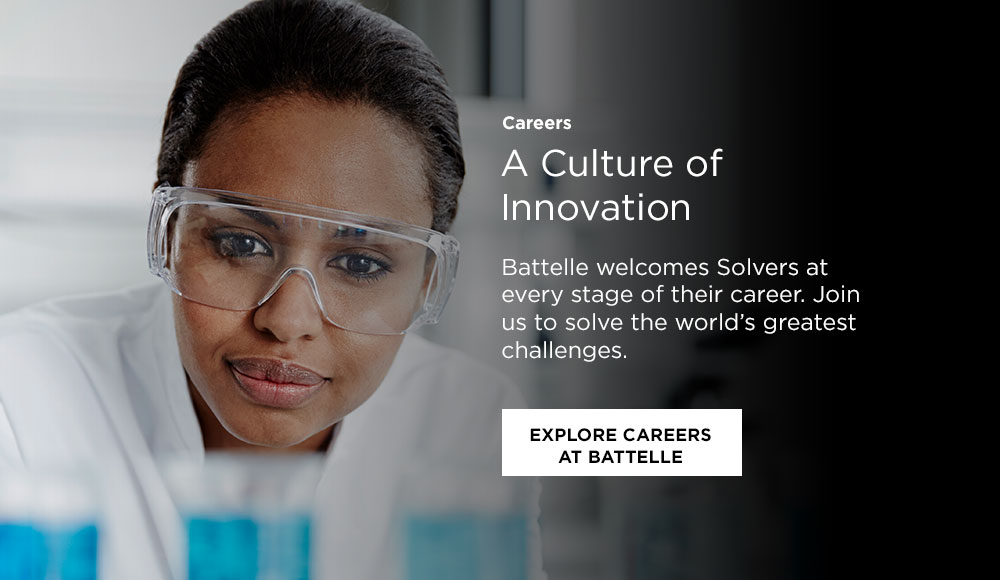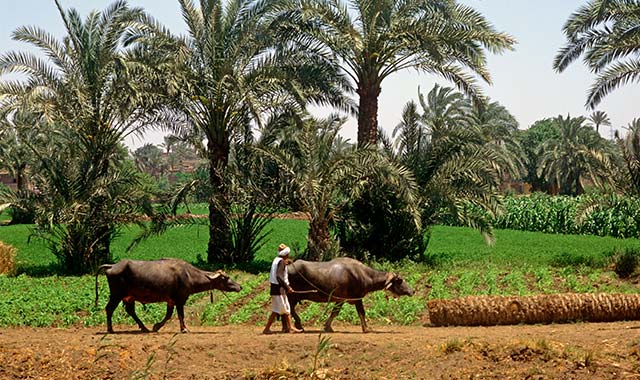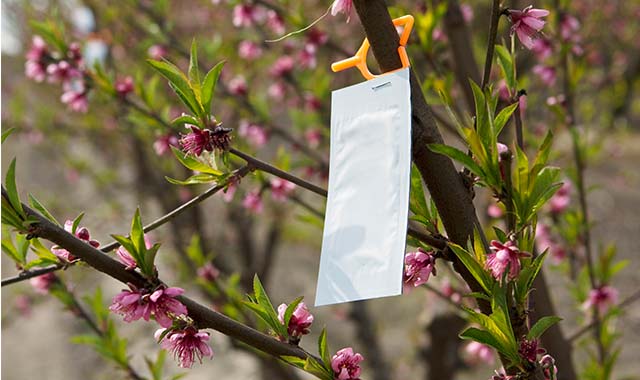An Interview with Battelle Senior Vice President and Chief Commercial Officer Melinda Sych

Melinda Sych is a Battelle Senior Vice President and Chief Commercial Officer whose remarkable career began on her family’s farm and wove a path through engineering, science, technology, sales and executive leadership. Her success in these traditionally male-dominated industries is an example of the important contributions that women are making in a variety of STEM-related professions. In this interview, you'll learn more about her journey to becoming a leader in her field and the valuable lessons she has learned along the way.
What inspired you to pursue a career in science and technology, and how did you get started?
Mel: I grew up in a small town in Oregon; my dad was an engineer and my family owned a grass seed farm in the mid-Willamette Valley. I am the oldest of three daughters and I was the son my father never had. I grew up fixing all sorts of things, figuring out how things worked, and generally doing whatever needed to be done. From a very young age, I had a strong aptitude for math and science and I loved to read pretty much anything I could get my hands on. I chose to be an engineer because I didn’t just want to study science or understand how things worked. I wanted to solve hard problems and I wanted to invent new things and honestly, because I enjoy it, I love being able to use logic on a hard challenge to find a solution that makes a difference. Early on, I had amazing teachers who encouraged me to pursue those interests and introduced me to ideas and ways of thinking that literally changed who I was and set me on the path to where I am today.
What achievements have you reached in your professional career and how did you get to where you are today?
Mel: I started my career the way many leaders do in an individual contributor role, learning and being a good team player while solving interesting challenges. I have had a lot of amazing opportunities in my career, from solving hard technical challenges as an engineer to leading commercial efforts as a sales director to leading emerging businesses and eventually to executive roles where I have had the pleasure to lead some of the best performing teams of my life and grow businesses that have made a real difference.
One piece of advice I always give to people is don’t be afraid to take a chance. Most of the jobs I have taken started with me not having any idea what needed to be done; I did the hard work to learn and execute. I got where I am by working hard, showing up every day, doing my best work, and being my best self in my own authentic way. Sometimes I failed, but I never gave up and I can guarantee you I learned valuable lessons from those failures that benefit me today.
Don’t be afraid to ask for what you want and be assertive about the vision you have for your own career. Take on new challenges, step up when you have the ability to lead and be visible; surround yourself with amazing people and push them forward to lead. Remember that part of success is being the leader your business and your team needs when they need it which in my opinion is the heart of servant leadership something I work hard to be every single day.
Can you share with us some of the challenges you faced as a woman in your career, and how you overcame them?
Mel: I have served all of my career in male dominated industries, surrounded by smart and amazing people. But often, not a lot of them looked like me. When I entered the workforce in the mid-1990s, there were very few professional networks for women, there were few, if any, female executives, and the perception of work/life balance was a lot different than it is today.
Bottom line: No matter what, the way to overcome challenges is to persevere, to keep going in the face of a challenge and develop resilience. Once you get to a place where you can use your role to make it better for the others who come after you, make that effort. I think one of the most important parts of any job is building relationships. For women it’s critical that we do that for each other and build networks of relationships focused on doing that. Leadership is a team sport and we all know that diverse teams deliver better results.
Throughout my career, I have built a network of amazing connections. Those relationships have accelerated my career and they have absolutely accelerated my ability to make an impact and, in my opinion, helped to diversify and build a network for others is the gift we give to the leaders that come after us.
How do you think gender equality and women's empowerment can be promoted in the workplace?
Mel: It starts with conscious effort. You need to make diversity, gender equality and empowerment a priority. That means you need to encourage diversity in your teams, in your hiring practices, in the things you talk about every day in both your life and your business.
As a leader it is your responsibility to actively drive gender equality and women’s empowerment by identifying and setting goals for your team in these areas, measuring those goals, actively seeking input and holding yourself accountable to make those changes happen. We cannot change what we do not acknowledge.
We must ensure that our leaders and teams understand the value of diversity of thought—the importance it has to business success. We have to prioritize tracking and measuring it. This will create an environment that is built on respect, equality, diversity and empowerment and it becomes a part of who you are versus something you are trying to do.
What are the barriers that women face in agriculture, specifically in the crop protection industry, and how are they making a difference in this field every day?
Mel: I recently attended the World Agri-Tech Conference in San Francisco and I was pleasantly surprised to see a significant number of women leaders in attendance, both on the podium and in the crowd. I see women leaders everywhere across the Ag industry today. They’re growing crops and running their businesses, acting as trusted advisors and walking fields, making amazing science happen. They’re bringing serious data to the table to help growers solve some really hard problems and leading game changing businesses to address some really complex challenges.
My hope is we continue to see those numbers grow in the coming years across all industries, but especially in industries like crop protection where historically women have not been as prevalent. We need the diversity of thought and the solutions they bring as we face a future filled with complex problems that will need to be solved.
What are some of the biggest challenges facing the crop protection industry today, and how do you see them being addressed?
Mel: I think the interconnectedness of our global food supply and the agricultural industry is something that is going to continue to rise in importance as our world population continues to grow with less land and water available. When the global pandemic hit, we realized for the first time that agricultural products could be hard to get, that our global supply is incredibly fragile and that supply shortages were a much bigger risk than previously understood.
One thing most people do not realize is that more than 95% of farms globally are still family owned. There are a few key things I think we must focus on to determine the best way to ensure we are able to address those challenges.
- We need new tools, such as biologics and new seeds that can help us grow and improve yields in challenging conditions to secure our food production and supply feedstocks for things such as biofuels as the world looks for ways to be more sustainable. We need to provide growers with more options for how to make the best use of their arable land, water and resources.
- We need global connectivity and infrastructure deployed rurally—for example, high-speed internet connectivity and universal and easily accessible product labelling. In order for growers to be more efficient and sustainable, they need to be able to access data and capabilities that allow them to make better informed decisions, work more autonomously and support informed growing practices that are both effective and sustainable. How do those things get addressed? By identifying them as priorities, setting aside our differences, and collaborating across governments and industries to address those challenges in ways that will bring critical solutions and infrastructure to growers worldwide. The great news? There is a lot of traction in industry around these efforts and growing momentum. This is a great time to be in the crop protection industry.
Related Blogs
BATTELLE UPDATES
Receive updates from Battelle for an all-access pass to the incredible work of Battelle researchers.








